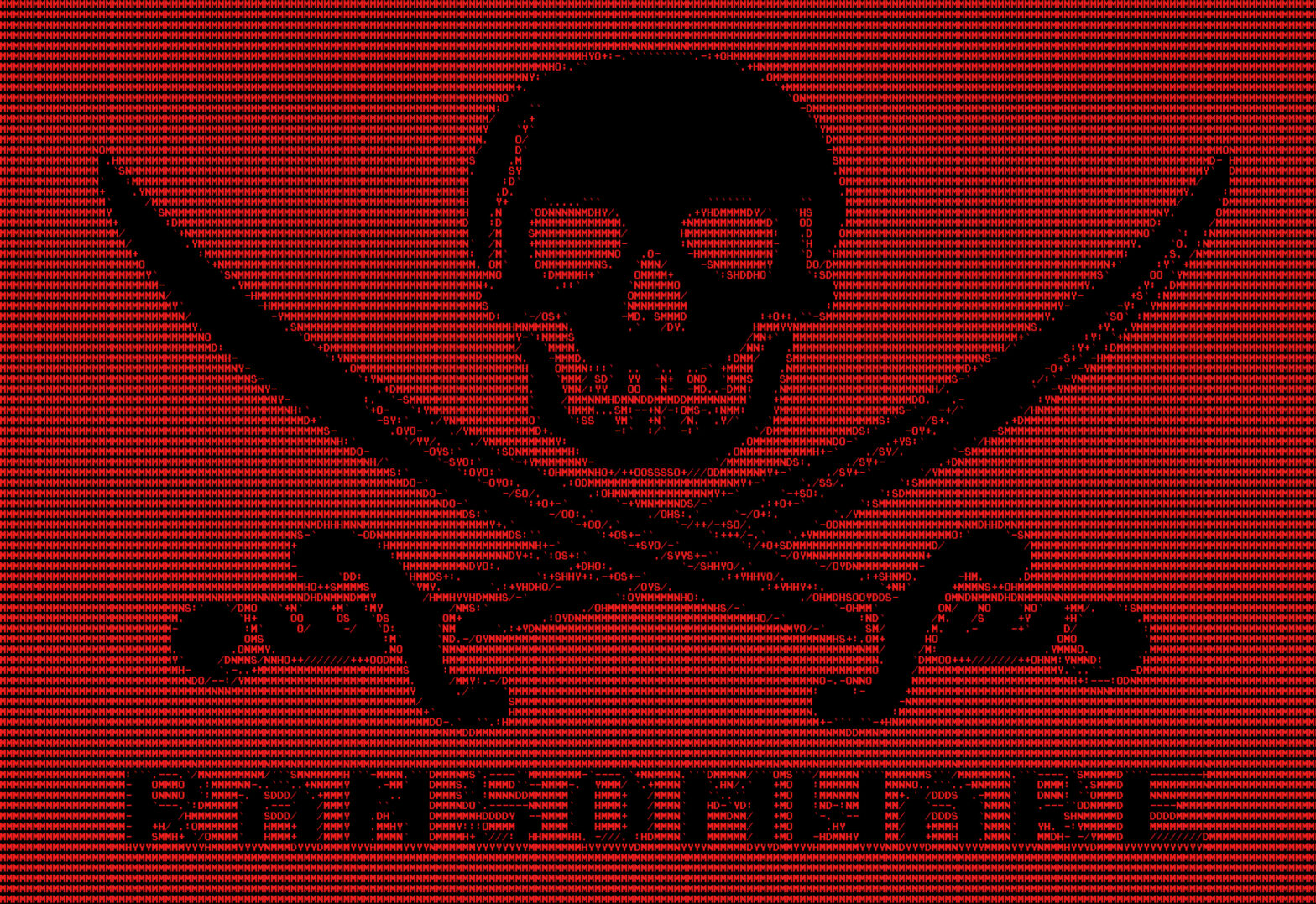NTT Security, the specialised security company of NTT Group, has launched its 2017 Global Threat Intelligence Report (GTIR), which analyses global threat trends based on log, event, attack, incident and vulnerability data [1 October 2015 to 31 September 2016].
Analysing content from NTT Group operating companies, including NTT Security, Dimension Data, NTT Communications and NTT Data, and data from the Global Threat Intelligence Center (formerly known as SERT), the report highlighted the latest ransomware, phishing and DDoS attack trends and demonstrates the impact of today’s threats against global organisations.
>See also: The evolution of ransomware: what lies ahead?
Steven Bullitt, vice president threat intelligence & incident response, GTIC, NTT Security, said: “The GTIR is the most comprehensive report of its kind, based on analysis of trillions of security logs over the past year. We identified more than six billion attempted attacks over the 12-month period – that’s around 16 million attacks a day – and monitored threat actors using nearly every type of attack. We assisted organisations with data breach investigations, collected and analysed global threat intelligence, and performed our own security research. The lessons learned from all these efforts are directly reflected in the recommendations throughout this report.”
With phishing now widely used as a mechanism for distributing ransomware – a form of malware designed to hold data or devices hostage – the report revealed that 77% of all detected ransomware globally was in four main sectors – business & professional services (28%), government (19%), healthcare (15%) and retail (15%).
>See also: Ransomware and DDoS combine to form a dangerous new two-pronged cyber attack
While technical attacks on the newest vulnerabilities tend to dominate the media, many attacks rely on less technical means. According to the GTIR, phishing attacks were responsible for nearly three-quarters (73%) of all malware delivered to organisations, with government (65%) and business & professional services (25%) as the industry sectors most likely to be attacked at a global level. When it comes to attacks by country, the US (41%), Netherlands (38%) and France (5%) were the top three sources of phishing attacks.
The report also revealed that just 25 passwords accounted for nearly 33% of all authentication attempts against NTT Security honeypots last year. Over 76% of log on attempts included a password known to be implemented in the Mirai botnet – a botnet comprised of IoT devices, which was used to conduct, what were at the time, the largest ever distributed denial of service (DDoS) attacks.
>See also: How to minimise the impact of ransomware
DDoS attacks represented less than 6% of attacks globally, but accounted for over 16% of all attacks from Asia and 23% of all attacks from Australia.
Finance was the most commonly attacked industry globally, subject to 14% of all attacks. The finance sector was the only sector to appear in the top three across all of the geographic regions analysed, while manufacturing appeared in the top three in five of the six regions. Finance (14%), government (14%) and manufacturing (13%)were the top three most commonly attacked industry sectors.
The end goal of the report, concluded Bullitt, “is not to create fear, uncertainty and doubt or to overcomplicate the current state of the threat landscape, but to make cyber security interesting and inclusive for anyone facing the challenges of security attacks, not just security professionals. We want to ensure everyone is educated about these issues and understands that they have a personal responsibility when it comes to the protection of their organisation, and that the organisation has an obligation to help them do so.”
Nominations are now open for the Tech Leaders Awards 2017, the UK’s flagship celebration of the business, IT and digital leaders driving disruptive innovation and demonstrating value from the application of technology in businesses and organisations. Nominating is free and simply: just click here to enter. Good luck!







